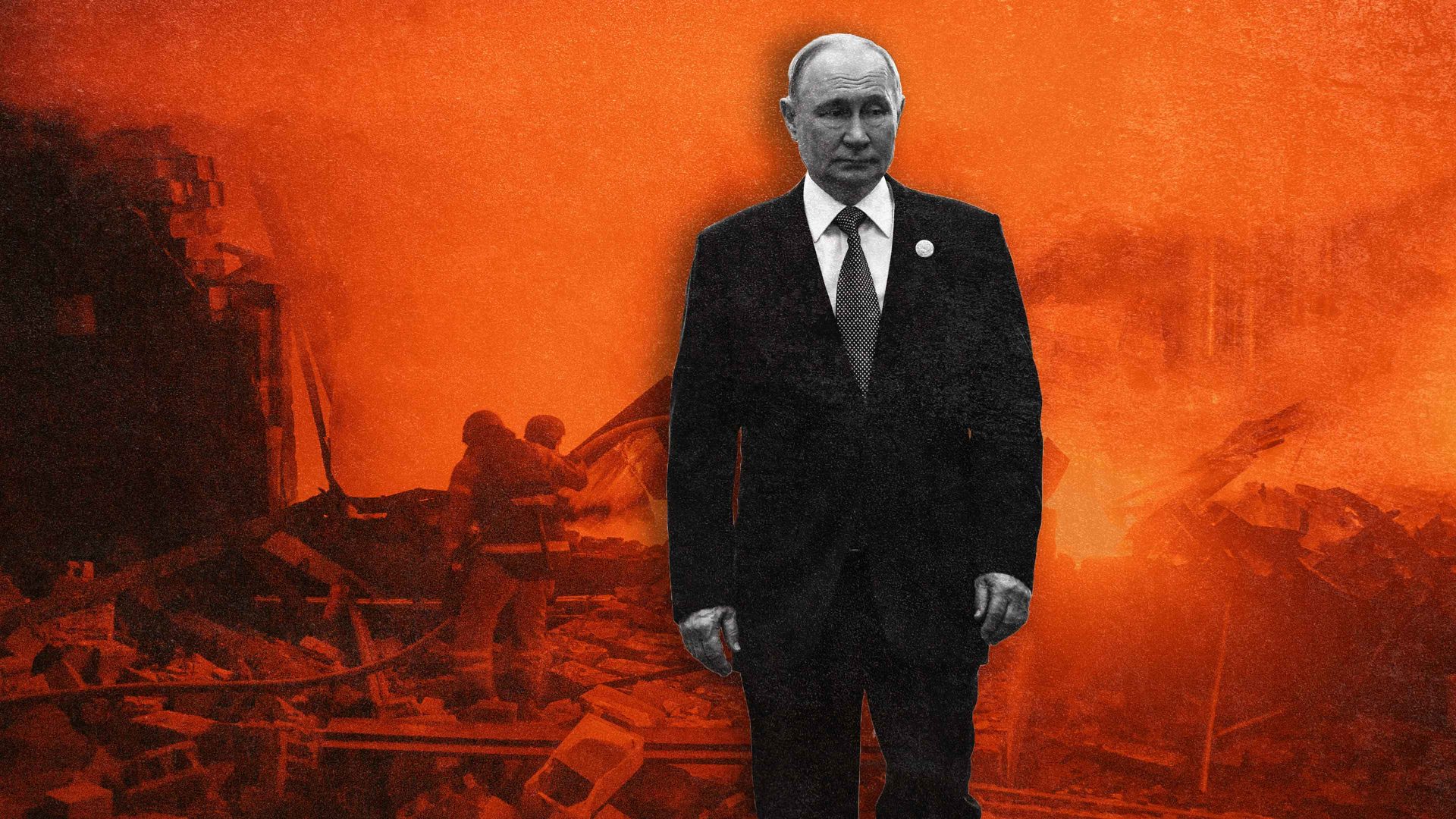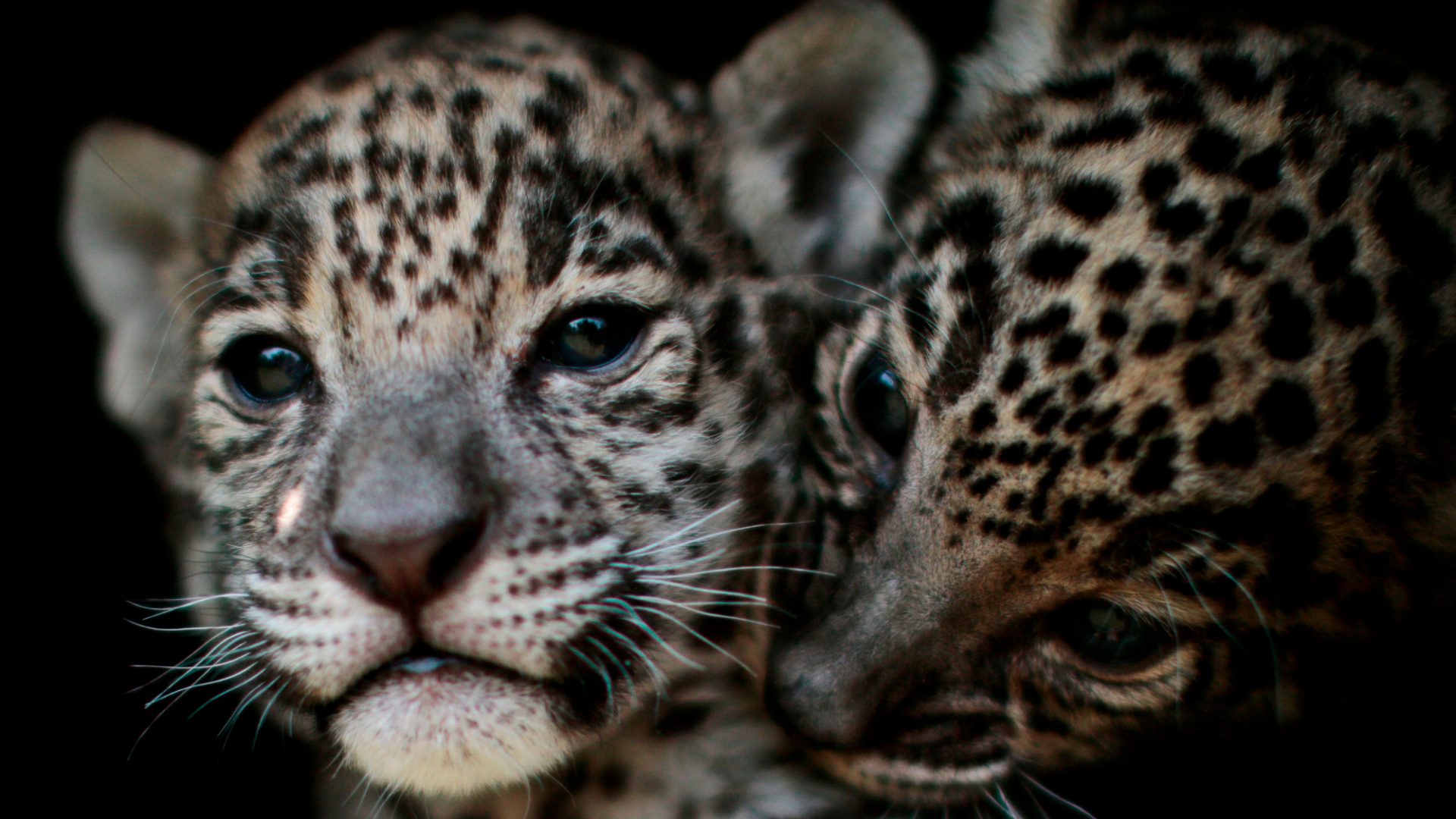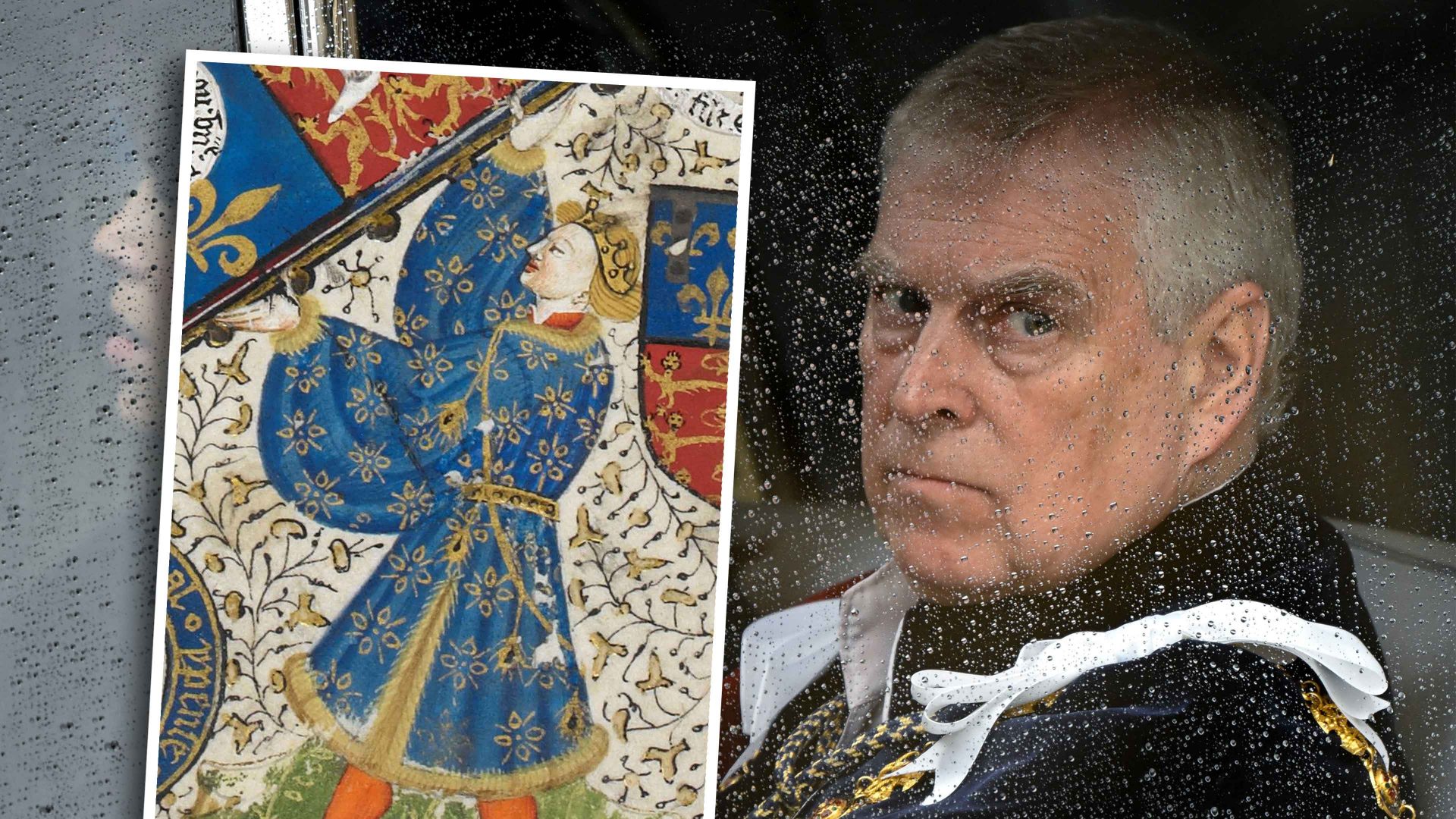The Ukrainian sleeper train passed through Lviv, a beautiful city close to the Polish border that normally feels far from the war. But it was minutes after a heavy Russian air raid. Close to the railway I saw a large industrial building that had been hit in a drone strike, a huge fire sending thick, chemical smoke billowing into the air. According to Lviv’s mayor, it was an industrial park with no military function. As such, it was fairly typical of the soft targets that Russia aims for: civilian infrastructure, homes, power plants. Ukraine lacks the resources for full air defence, and Moscow’s effort to break the will of the population continues.
But as I’ve always found with Ukraine, the sheer bloody-mindedness of its people is the most striking feature. I was there about a year ago, as Donald Trump’s second election victory in the US looked increasingly likely. While there was no lack of determination, there was a lack of hope.
Back in 2024, the imminent prospect of someone in the White House who behaves like a Russian stooge, combined with the desperate conditions on the frontlines in the Donbas, left an air of exhaustion and abandonment. Since then, Russia has taken about 5,000 sq km of Ukrainian territory and increased the frequency and intensity of its air strikes on civilians. But however counterintuitive, on my most recent visit to the country, after speaking to soldiers, drone operators, intelligence chiefs and military analysts, I left feeling optimistic.
It’s true that 5,000 sq km sounds like a lot of territory, but it represents less than 1% of Ukraine’s vast land area. At this rate, even with the fifth of the country it already occupies, it would take Russia 100 years to take the whole of Ukraine. In 2025, Russia has failed to take a single significant city from the Ukrainians, and even settlements that looked vulnerable, such as Pokrovsk, offered the Russians stiff resistance.
At the start of 2025 it was feared that Russia would take Kramatorsk and even Dnipro, but neither of these things happened. This was in spite of improved Russian tactics and additional resources in the form of around 15,000 North Korean troops. Given that about 300,000 Russian troops have been killed and injured in 2025 alone, and more than a million in the war altogether, the improbability of victory at this pace becomes clear.
Russia’s air raids against civilian targets are debilitating, with recent strikes on Ukraine’s gas production as well as close to the Chernobyl power plant, a form of nuclear threat that Russia has used repeatedly against Ukraine’s atomic energy sector. But Ukraine has better resilience than before: you see back-up generators everywhere, and utility companies have become expert at carrying out fast repairs. Nonetheless, there aren’t enough Patriot missile batteries, the only really effective air defence system available to Ukraine.
Furthermore, the Russians have been improving their ability to outwit Patriot defences by changing the trajectory of their missile strikes. This has dangerous implications for Ukraine, but also for Nato, which relies on the same system for its own defence. While Russia has lost huge numbers of military personnel and equipment in this war, it is also learning a lot about how to fight against Nato weapons systems.
But the air raids aren’t going only in one direction. Ukraine is constantly improving its “deep strike” capability, hitting targets across Russia, some far from the Ukrainian border.
In recent months it has made a priority of hitting Russian oil refineries. At present 40% of Russia’s refineries are out of action, and Ukraine plans to continue these strikes. By targeting catalytic cracking units (“cat-crackers”) in refineries, Ukraine is ensuring that repairs will be costly and challenging, as there is little ability to replace these from resources inside Russia. While the impact on fuel supplies for Russia is yet to be catastrophic, there are regional shortages, the sort of thing that Vladimir Putin can’t hide from his people.
Suggested Reading


How to beat Putin
The other thing he can’t hide are the extraordinary sums of money being spent on the Russian war dead. At present, the families of Russia’s fallen soldiers can receive R11m (£100,000) in compensation after a death in combat. Since the soldiers tend to come from impoverished, remote regions of the country, these payments have transformed the fortunes of entire towns and villages, creating a grim “deathonomics” where a doomed generation is worth more dead than alive.
In spite of all of the headwinds, when Trump offered Putin almost everything he could have hoped for, including the territory he had already seized from Ukraine, a guarantee that Kyiv would never get to join Nato, and the prospect of having sanctions lifted, Putin still wouldn’t take the win.
In Ukraine, people find the explanation obvious: “He wants to occupy and destroy Ukraine, not cut a peace deal,” said a former intelligence chief. “Putin is out for revenge after we humiliated him in the battle of Kyiv.” Before my trip to Ukraine I spoke to western officials and their assessment was the same: Putin remains committed to the maximalist aims of the war, a full invasion of Ukraine, and he believes he can still do it.
What drives this belief? It may be that in an autocratic system nobody wants to give the boss bad news. In a recent meeting with his generals, Putin determined that “the strategic initiative is entirely in the hands of the armed forces of the Russian Federation”.
Where Russia does have the strategic initiative is in its hybrid war against Nato. Drone incursions, overflights by Russian military jets, destabilisation of political and media structures, and cyber-attacks are now frequent. The effect is to reduce support for Ukraine (countries want to bolster their own defences rather than share resources with Kyiv) and to test Nato’s limited capacity to respond.
Trump’s unwillingness to blame Russia (he opined that drone incursions into Poland “could have been a mistake”) emboldens Putin. A direct Russian attack on a Nato country still appears unlikely: Russia has found a level of conflict that results in little or no retaliation while giving it the ability to destabilise and undermine its foes. With its army fully committed in Ukraine, it does not have the resources for wider actions.
But Putin sees promise in Trump’s chaotic and unpredictable approach. While American weapons continue to flow to Ukraine, there is a clear reduction of US support to European defence more broadly. The United States is now doing very little sanctions enforcement, without which the sanctions themselves become meaningless.
Ultimately, Putin’s confidence derives from simple arithmetic: in a war of attrition, the country with larger manpower reserves and a greater willingness to expend its young men in warfare has a natural advantage. Putin clearly believes that he can continue to grind Ukraine down, and he also believes that the cost to Russia’s economy can be sustained. Predictions of the imminent collapse of the Russian economy have been made numerous times since the start of the war and have yet to be proved correct. Russia may be able to continue battling on for years to a point where Ukraine has to accept far worse terms.
While Putin is probably wrong in thinking he can win the war, there are plenty of reasons to believe that he won’t lose it either. As always, the only solution is to maximise support to the brave, determined souls fighting for freedom – for all of us.



